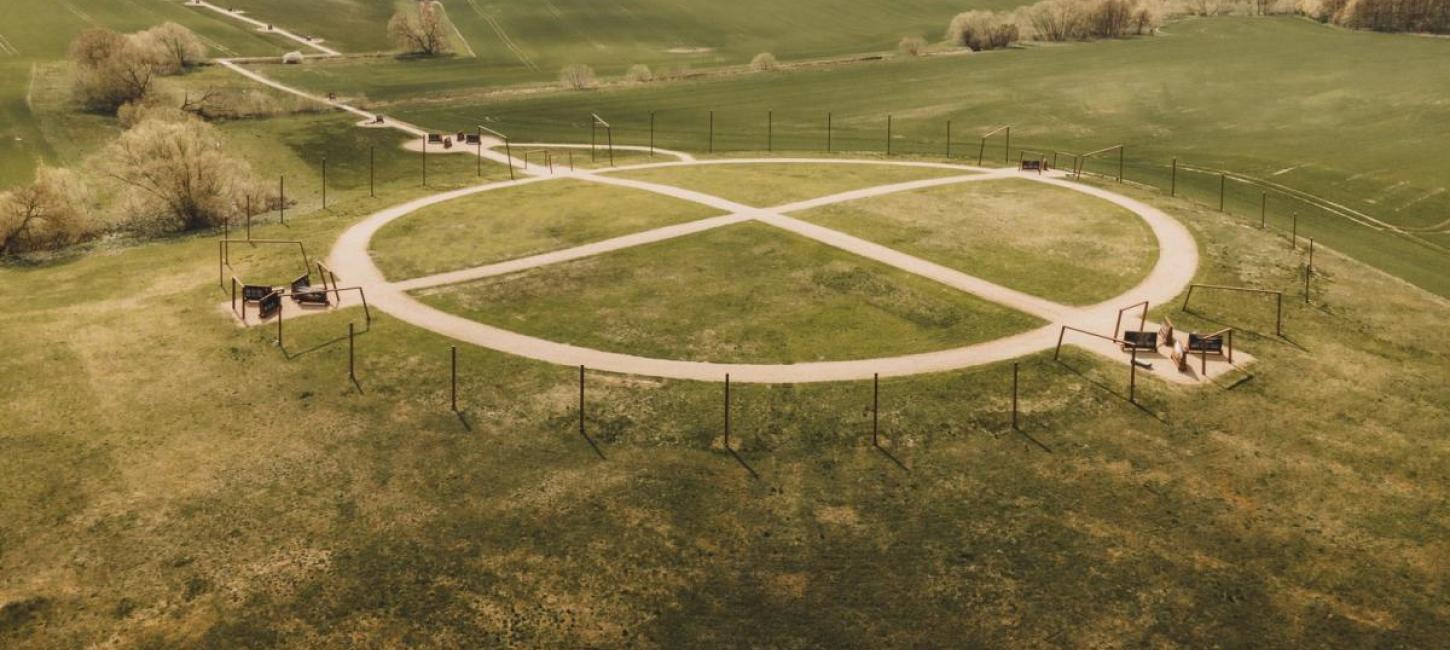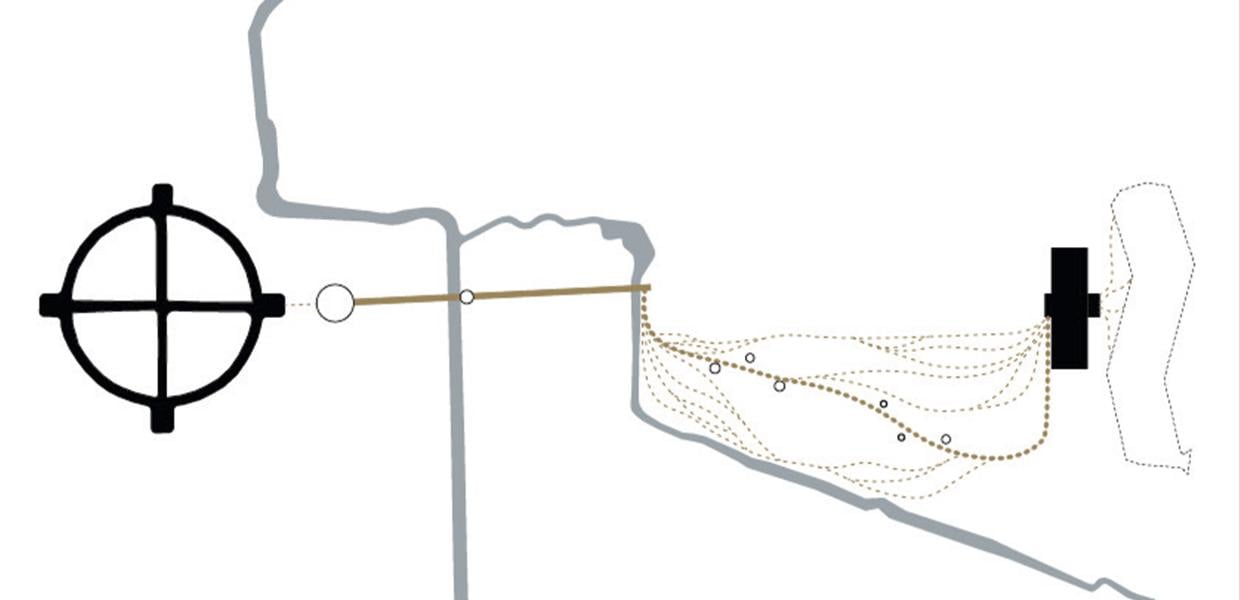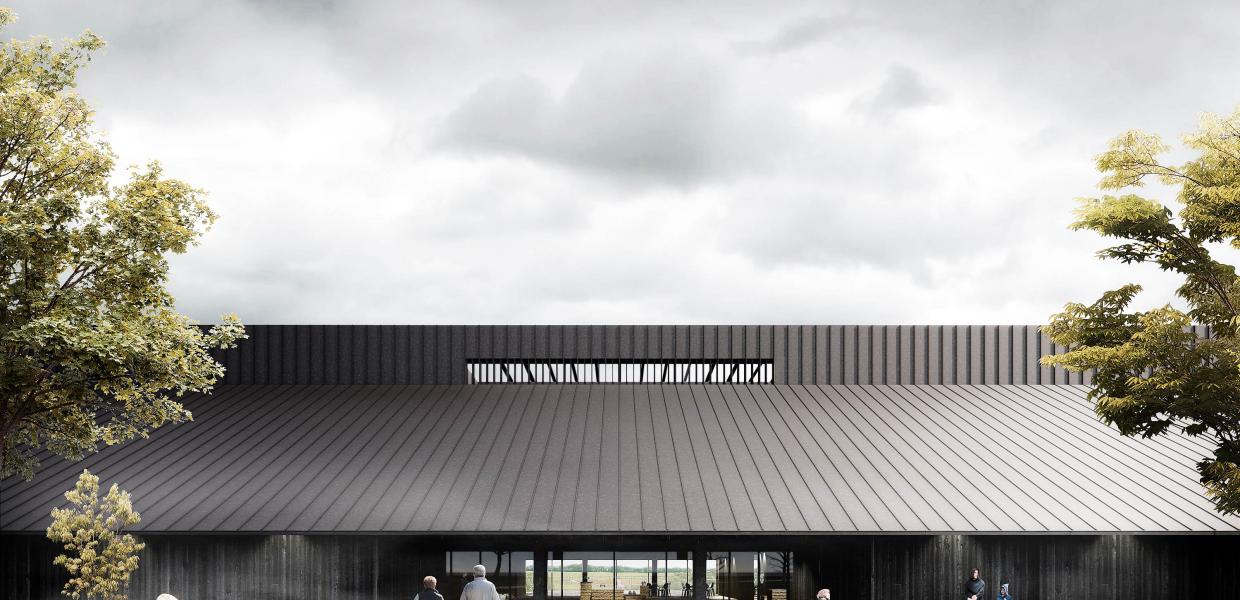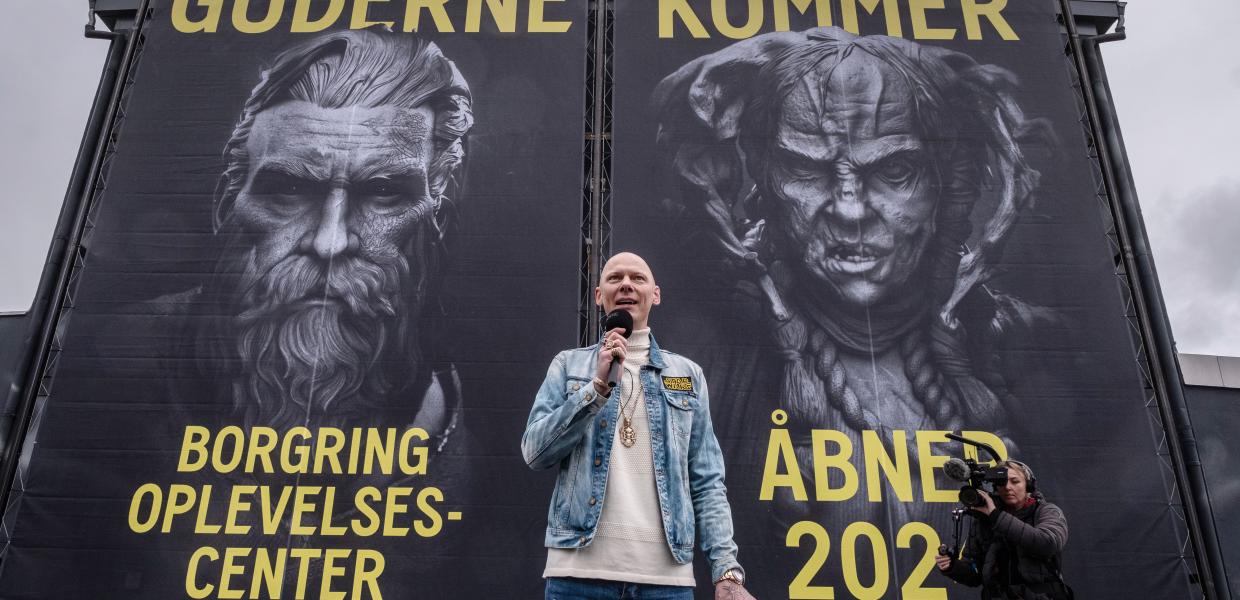
Borgring Viking Ring Fortress
Visit the UNESCO Viking Ring Fortress, just 4 kilometres from the centre of Køge, and 35 minutes from Copenhagen. Due to construction, Borgring is currently closed but will reopen for visitors in spring 2025.
A UNESCO World Heritage Site
Five historic Danish Viking age Ring Fortresses have just been added to the prestigious UNESCO World Heritage List. The fortresses were built between year 958 and 987 under the reign of the Danish Viking King Harald Bluetooth and are characterised by their remarkable symmetry.
The fortresses are some of the most prominent archaeological remains from the Viking Age in Denmark, while they at the time of construction testified to the ambition of uniting the Danish Kingdom and to protect it against external enemies.
“The Viking age holds a unique place in world history, and the Ring Fortresses are a physical manifestation from the time when Denmark was united as one kingdom and Scandinavia became a part of the Christian movement in Europe. Therefore, it is amazing – and with a good reason – that the Danish Ring Fortresses are now recognised by UNESCO as world heritage at the same level as, for instance, the Pyramids and the Great Wall of China. This decision will support the future research and communication about the Ring Fortresses – and hopefully, it will also contribute to attracting more visitors,” says Rane Willerslev, Museum Director of The National Museum of Denmark.
What is the Viking Castle Borgring?
In 2014, the archaeologists Søren Sindbæk and Nanna Holm discovered the hitherto hidden Viking castle castle ring on a field outside the village of Lellinge, near Køge. Prior to their discovery, they had discussed the possibility that there was yet another ring castle of the Trelleborg type on Zealand. Using Lidar photos of the landscape and gradiometer measurements, they could see a perfect circle, more than 100 metres in diameter, emerging out of the landscape. After a test excavation, their assumption was confirmed. There was indeed a Viking fortress in the form of a ring castle.
In 2015, the Danish Castle Centre and the University of Aarhus, with support from the A.P. Møller og Hustru Chastine Mc-Kinney Møllers Fond til almene Formaal, Køge Municipality and the National Museum of Denmark, embarked upon the development of a project, which would not only involve excavating important sections of the Castle Ring, but also disseminating the excavation, finds and the Viking Age for interested visitors. This is how the project was born. The concept of the project was then developed and the project designed by the Development Department of the Museum Southeast Denmark.
Why do you call yourselves Vikingeborgen?
The name means 'Viking Castle' or 'Viking Fortress'. Ever since the Castle was discovered in 2014, the project has attracted huge international attention. Vikings are a popular topic in many parts of the world, so we expect quite a lot of foreign visitors to the Borgring (the name of the sight) . To facilitate communication we use the name “Vikingeborgen”, because we believe that it will be easier to understand and ring more bells than 'Borgring'.

Photo:LOOP Architects
What can you experience when you visit?
At the moment, Borgring Experience Centre is being builed, so it is currently not possible to visit the site. We look forward to welcoming you in 2025!

Photo:LOOP Architects
Borgring Experience Centre opening 2025
A future experience and research centre at the Viking castle Borgring is under development and is scheduled to open in spring 2025. It will be the world’s first museum of Norse mythology, and the well-known Danish designer Jim Lyngvild will be responsible for the design of the exhibition.

Photo:Museum Sydøstdanmark